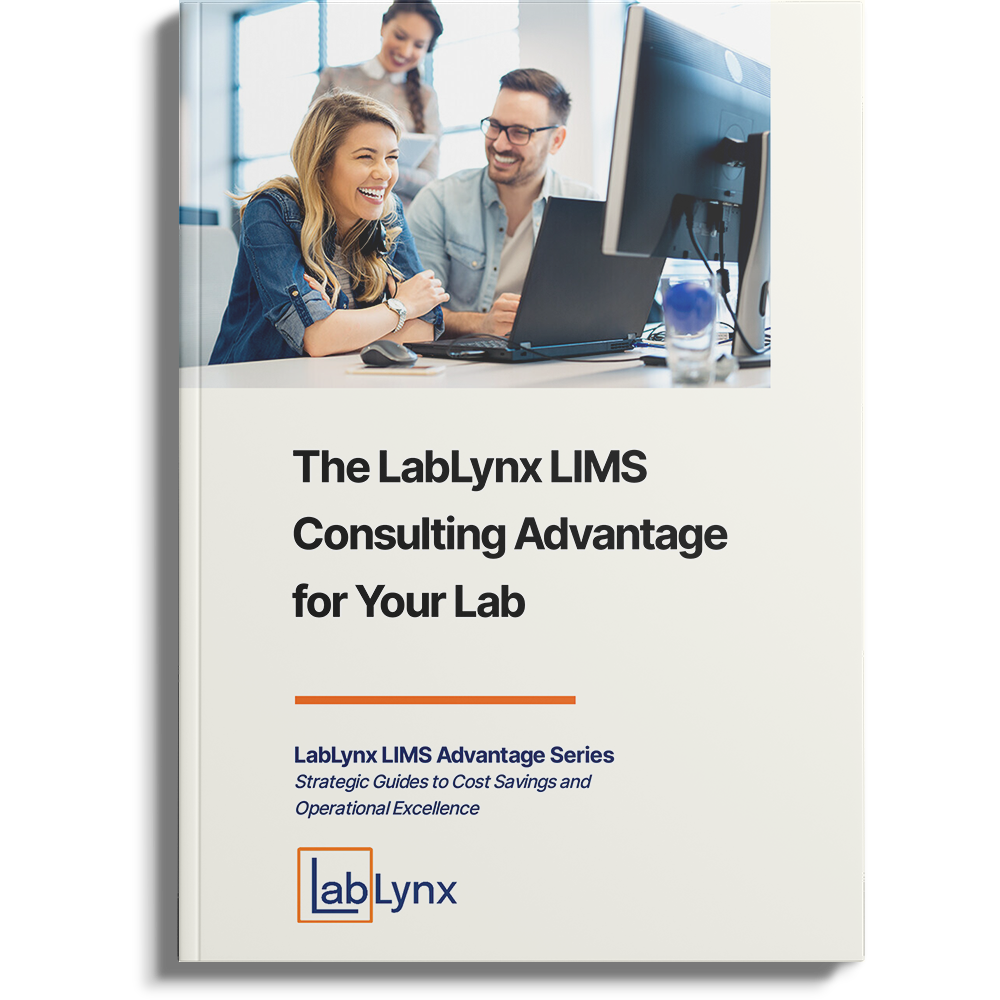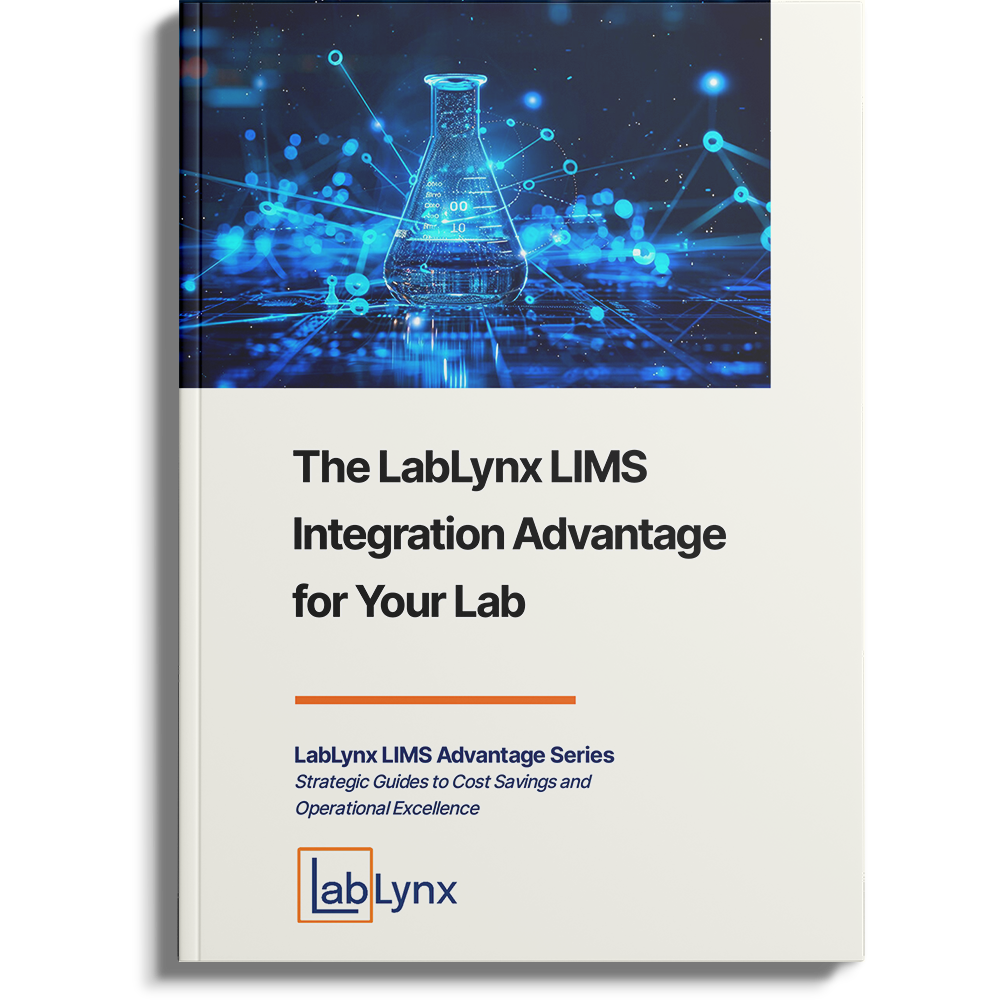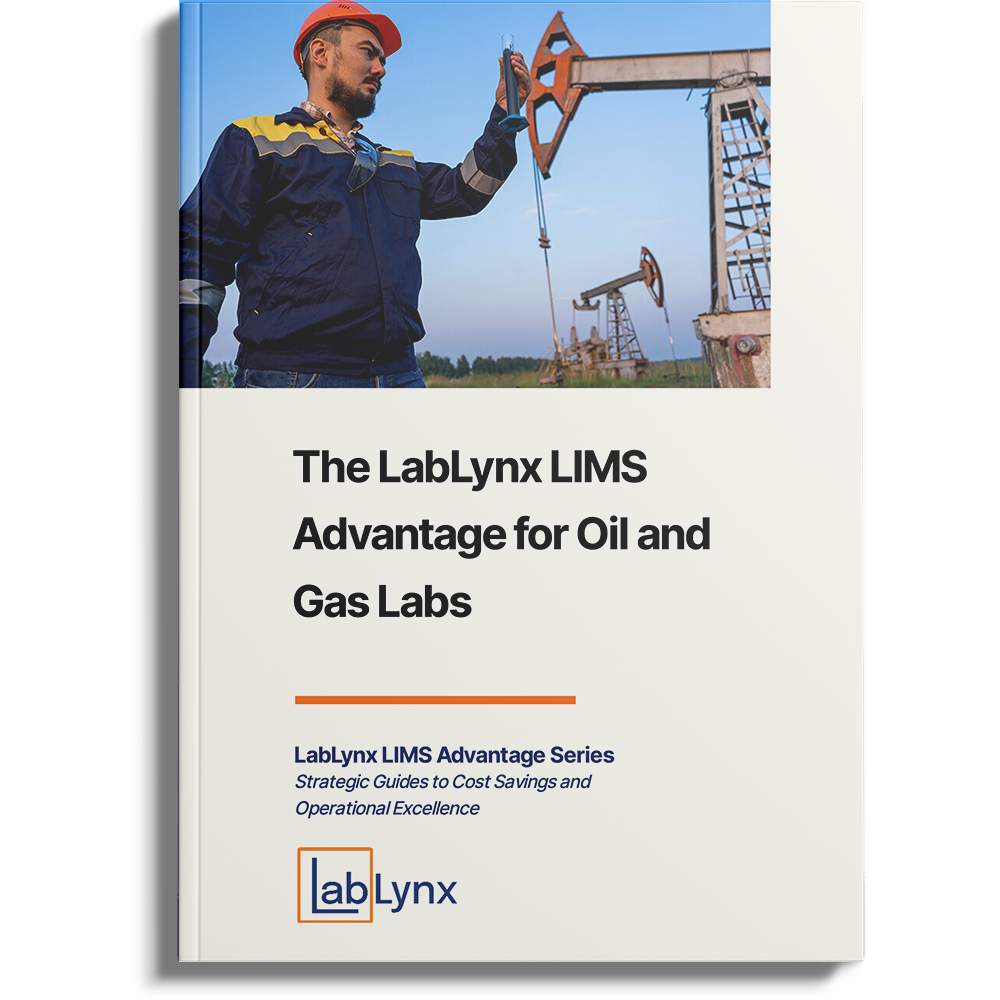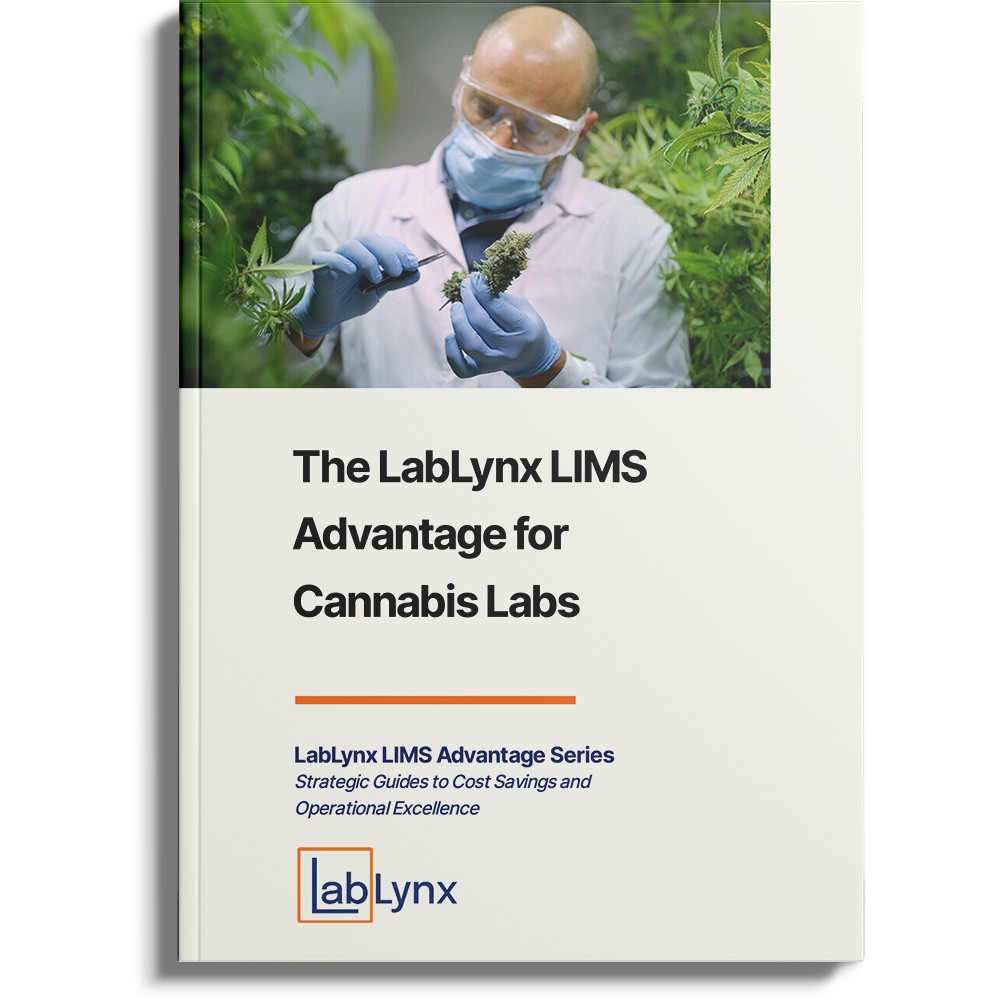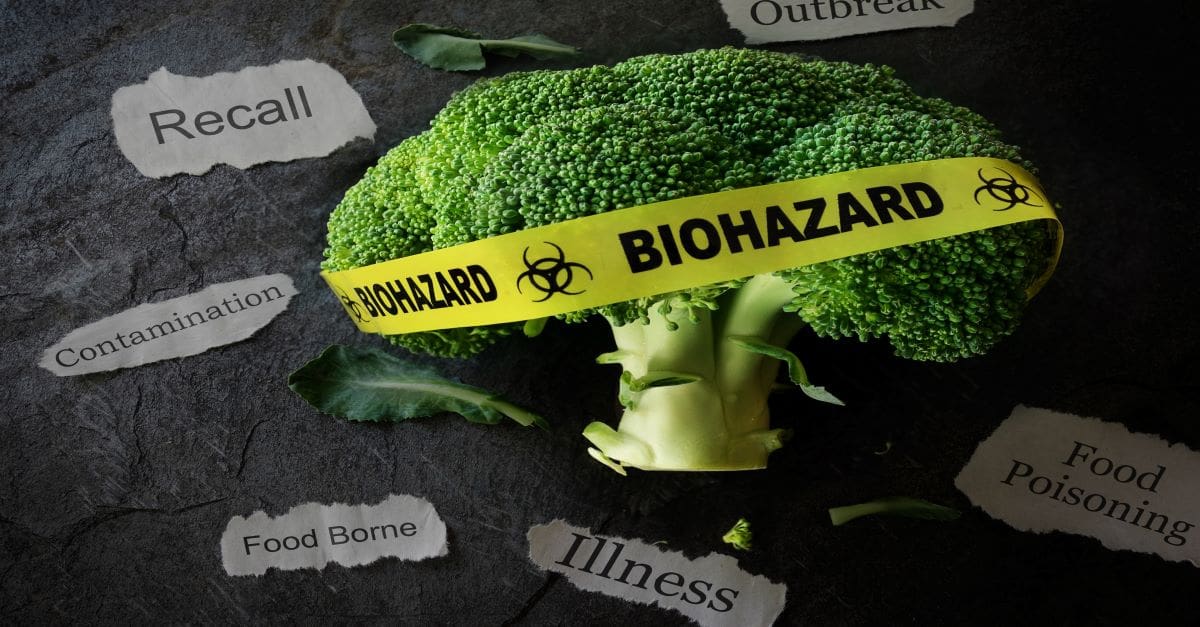
In over two decades, we find the real consequences of cross-contamination in the food supply have added up. Note the following representative examples as published by Eat This, Not That!1:
1998: Fifteen million pounds of Sara Lee meat were recalled due to Listeria, infecting 101 people. This caused six miscarriages and 15 deaths.
2006: Natural Selection Foods saw bagged and bulk spinach recalled due to E. coli. This led to 102 hospitalizations, three deaths, and 31 people with kidney failure.
2008: Mad cow disease at Westland-Hallmark Meat Company impacted 143 million pounds of beef. No serious illnesses were reported.
2008-2009: Peanut Corporation of America watched supermarkets remove over 2,800 different products from their shelves due to Salmonella, with 714 people getting sick.
2011: Jensen Farms cantaloupes caused an outbreak of Listeria, causing 147 to fall ill and 43 deaths.
2013: Townsend Farms Organic Antioxidant Blend contained pomegranate seeds contaminated with Hepatitis A, resulting in 162 sick and 71 hospitalizations.
2016: General Mills had 45 million pounds of flour recalled due to E. coli, which caused 63 people to fall ill and 17 to become hospitalized.
Impact of food contamination
The Food and Drug Administration (FDA) has three classes of product recalls. All the examples above represent the most severe Class I designation for “reasonable probability that the use of, or exposure to, a violative product will cause serious adverse health consequences or death.”2
Food contamination is a widespread occurrence, with ramifications leading to bacterial outbreaks, allergic reactions, and many other negative side effects. According to the Centers for Disease Control and Prevention (CDC)3, one in six Americans contracts a foodborne disease each year, leading to 3,000 annual deaths. The United States Department of Agriculture (USDA) highlighted that foodborne diseases cost the country more than $15.6B annually.
Factors that cause contamination
When there are ingredients, preservatives, instruments and equipment, packaging materials, and humans involved in the process, cross-contamination can likely occur at any point.
Here are some of the common factors that cause cross-contamination.
Poor environmental circumstances
Environmental conditions play a key role in cross-contamination. A sample’s quality may be impacted by numerous environmental variables such as humidity, temperature, or exposure to sunlight. Toxins and foreign matter present in cans, bags, packets, boxes, or in refrigerators and ovens, and even more commonly, dust in the air, can lead to cross-contamination.
Improper sample handling practices
In food safety, there are few things more important than maintaining a clean and safe environment. This includes the handling of samples and specimens. Improper sample handling practices such as not washing hands before working with any sample, using unclean glassware, forgetting to clean syringes in between uses, or not maintaining lab safety protocols can lead to cross-contamination.
Outdated or improperly maintained equipment
The use of outdated or deteriorated reagents and chemicals, or any materials that fail to meet acceptance specifications, can lead to contamination. The equipment and utensils used for food analysis should be calibrated regularly, and the lab should have a regular maintenance program in place to prevent instrument failure.
Standards of hygienic practices for laboratory staff
Laboratory personnel should wear disposable gloves, head covers, face masks, and clean lab aprons to avoid contaminating food samples. Laboratories should follow standard operating procedures (SOPs) and good laboratory practices (GLPs) to ensure that all food samples are handled properly.
Poor technique
Not setting user-level requirements or allowing untrained personnel to collect, identify, classify, or interpret a sample when they are not skilled to do so can lead to contamination. Not following established protocols and workflows—for example, processing an excessive number of specimens in one batch—can also contribute to contaminants.
Laboratory information management systems (LIMS) can help minimize cross-contamination
To eliminate food risks, manufacturers need robust technologies that allow for reliable monitoring of key contaminants, while also facilitating compliance with the ISO 17025 standard, to prove the technical competence of food testing laboratories. Food manufacturers should be able to detect and eliminate cross-contamination at every step of production and distribution.
The National Advisory Committee on Microbiological Criteria for Foods (NACMCF), chartered under the U.S. Department of Agriculture (USDA), created Hazard Analysis and Critical Control Point (HACCP) guidelines as an “effective and rational means of assuring food safety from harvest to consumption.”4
Each of the seven basic principles of HACCP can be supported with the LabLynx ELab LIMS.
Principle 1: Conduct a hazard analysis. Once a list of hazards has been established by each testing lab, the ELab LIMS will allow laboratory technicians to document all elements of sample receipt, from temperature when received to packaging quality, as well as testing methods and storage requirements.
Principle 2: Determine the critical control points (CCPs). The ELab LIMS manages established workflows and all CCPs can be documented.
Principle 3: Establish critical limits. Specifications, limits, and acceptable results ranges can be set in the ELab LIMS, which automates the decision-making process and helps to reduce human error.
Principle 4: Establish monitoring procedures. The LabLynx ELab LIMS software can handle all data management from sample schedules and test results to reporting and can identify trends with control charting. Out-of-spec alerts can trigger flags and/or email alerts based on results. ELab LIMS can also monitor inventory to ensure acceptable date ranges for all materials and manage the maintenance and calibration schedules of all equipment.
Principle 5: Establish corrective actions. Through traceability and chain-of-custody auditing, the ELab LIMS can review the entire testing process from receiving to disposal and, based on reporting, identify if further testing or re-testing is necessary. ELab LIMS can also assist with training and proficiency testing to help reduce human errors and ensure SOPs are being followed.
Principle 6: Establish verification procedures. The ELab LIMS supports proof-of-sourcing, compliance with the FDA’s Current Good Manufacturing Practice (CGMP), and incident investigations. ELab LIMS software offers a variety of functions to assist with quality assurance initiatives, such as single or batch QA/QC tests, and certificates of analysis (COAs).
Principle 7: Establish record-keeping and documentation procedures. ELab LIMS stores all data, test results, final reports, SOPs, training documents, maintenance schedules, performance evaluations, and more!
Contact sales@lablynx.com or visit www.lablynx.com for more information on how to add LabLynx LIMS software to your lab.
References
1 https://www.eatthis.com/news-worst-food-recalls-of-all-time/
2 https://www.fda.gov/medical-devices/postmarket-requirements-devices/recalls-corrections-and-removals-devices
3 https://www.cdc.gov/foodsafety/cdc-and-food-safety.html
4 https://www.fda.gov/food/hazard-analysis-critical-control-point-haccp/haccp-principles-application-guidelines

